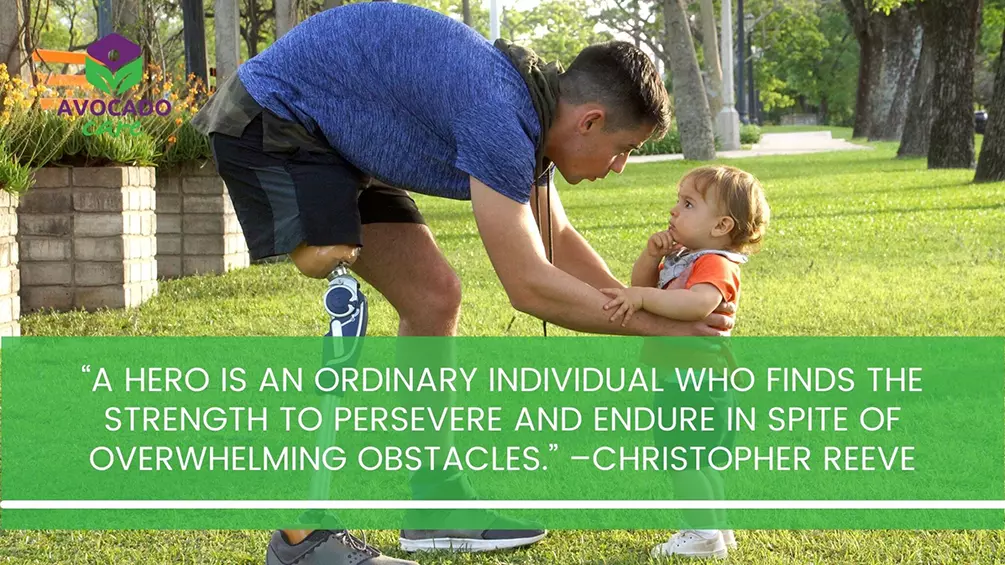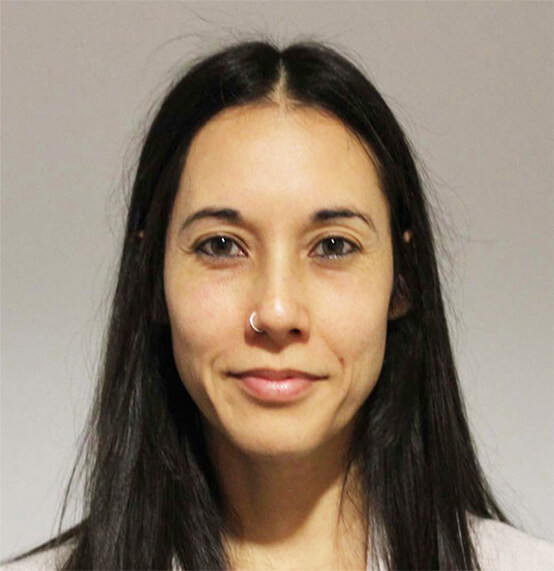Occupational therapy service is the only practice that uses the therapeutic use of everyday activities to help people of all ages perform the things they want and need to do (occupations). Practitioners of occupational therapy help individuals of all ages live their lives to the fullest by promoting health and assisting them in preventing or managing accidents, sickness, or disability.
Helping children with disabilities participate fully in school and social circumstances, assisting those recuperating from injuries in regaining skills, and giving assistance for older adults facing physical and cognitive changes are all common occupational therapy methods. Occupational therapy services usually involve the following:
- a one-on-one assessment in which the client/family and occupational therapist work together to identify the person’s personal goals
- an individualized approach to increase the person’s ability to carry out daily tasks and achieve their objectives
- an evaluation of the intervention plan’s outcomes to ensure that the goals are being accomplished and/or to make modifications to the intervention strategy
Occupational therapists take a holistic approach to therapy, focusing on tailoring the environment and/or work to the individual, and treating the individual as a full member of the therapy team. It’s a scientifically validated, evidence-based practice.
Clients of diverse ages and medical diagnoses attend occupational therapy sessions at Avocado Care, which are frequently referred by doctors. Clients are shortlisted for therapy on a weekly basis after an initial screening and interview with their parents.
Goals are set based on the priorities of the parents, with a reassessment at the end of the five-month therapy cycle. In a given year, there are two client intakes scheduled. The therapist’s suggestion for more therapy cycles is solely dependent on the client’s performance and needs.
Session plans are created based on the specific needs of each client as well as the anticipated outcomes. Goals are functional and designed to help the client achieve independence, such as being able to button and unbutton, eat finger foods, open water bottles, cap and drink water, catch a ball, hold a writing device and scribble, color, draw or write, put on and take off socks and shoes, turn pages of a book, walk around the neighborhood, maneuver a motorized wheelchair, and so on.

Because caregivers play such an important part in the lives of their clients, techniques are given to them so that they can assist clients in practicing the activities and providing additional opportunities to repeat them at home. During the term break, caregivers are also urged to attend a sharing session led by a therapist. It has been discovered that caregiver involvement helps clients learn abilities faster and meet specific goals set by the therapist.
Clients at the center anticipate the occupational therapy session. They have a good time in the gym and/or on the neighborhood playground while engaging in fine and gross motor skills. It has been discovered that when clients enjoy themselves while participating in events, they learn the skills more quickly.
Occupational therapy practitioners use a holistic approach to therapy, focusing on tailoring the environment to the individual and treating the individual as a full member of the therapy team.
Comprehensive evaluations of the client’s home and other contexts (e.g., employment, school), recommendations for adaptive equipment and training in its usage, and counseling and instruction for family members and caregivers are all examples of occupational therapy services.
















